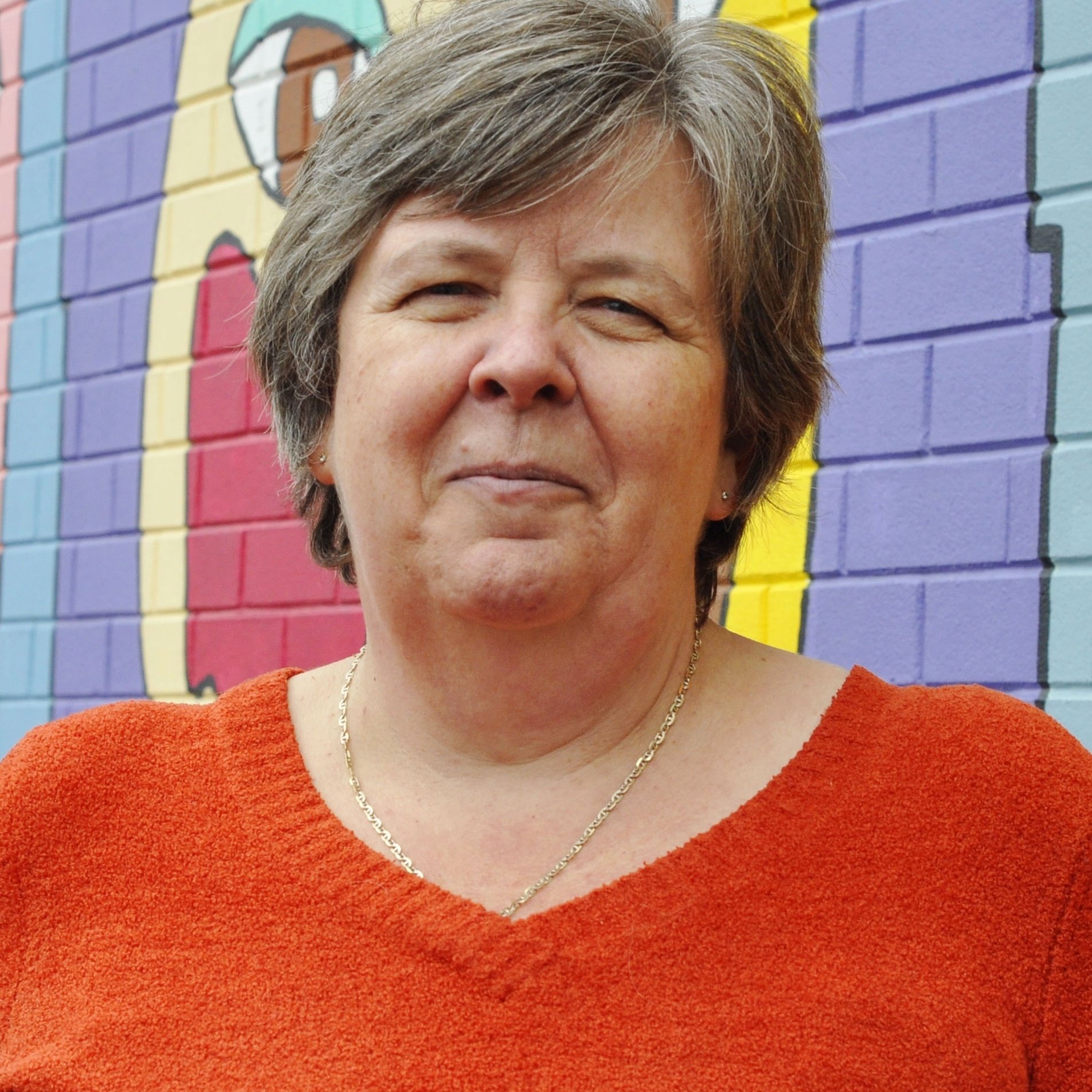 A common theme often echoed through the voluntary and community sector is the lack of resources available to do the work. Most communities have a range of investments, assets and resources, which, if deployed effectively, could prove to be a launching pad for many collaborative community efforts.
A common theme often echoed through the voluntary and community sector is the lack of resources available to do the work. Most communities have a range of investments, assets and resources, which, if deployed effectively, could prove to be a launching pad for many collaborative community efforts.
The idea of community asset mapping has been around for several years. John McKnight and Jody Kretzmann in their book, Building Communities from the Inside Out: A Path Toward Finding and Mobilizing a Community's Assets provided a detailed process for uncovering both explicit and hidden assets that might be found in most neighbourhoods and communities.
Kretzmann and McKnight sought to transform traditional thinking about low income neighbourhoods as places of problems and deficits, to places where assets, although not immediately apparent, were also abundant.
Mapping community assets can be an instrumental tool to building collaborative readiness. In most neighbourhoods and communities, there are a wealth of individual programs and services that are often working in isolation. Uncovering these assets can become the beginning of the foundation for building collaborative and shared efforts.
The Ontario Healthy Communities Coalition (OHCC) has developed a tool for communities to map community assets which builds on Kretzmann and McKnight's work. This simple tool includes five simple steps. The first step is to map individual capacity within a neighbourhood by surveying the skills, interests and connections that exist between people in the neighbourhood.
The second step in the process is to build an inventory of groups, organizations and institutions that are working in, and supporting, the community. This information can be gathered through online sources such as community information centre databases and community-based directories. This inventory should be cross-cutting to include the voluntary sector, faith community, businesses and other resources that might be found in the community or neighbourhood. When tackling a specific problem like poverty or homelessness, the inventory can be more focused on the services and programs related to problems identified.
The next steps include the creation of a community map and then using the community assets to address community challenges or needs. Finally, the OHCC discusses the role of health organizations in community asset mapping.
The community asset map, once developed, could serve as a baseline for determining positive and negative changes to the community over time. The National Centre on Secondary Education and Transition (see below) identifies that community asset maps can be used for taking specific actions to drive community change forward.
Community asset maps can be used in many ways.
- Documenting existing resources or lack of resources and understanding change over time;
- Using the community asset map as an advocacy and policy tool to advocate for changes to be made to the neighbourhoods;
- Using the community asset map for community outreach, to engage citizens in parts of the community where there are limited resources; and,
- Using the community asset map for community organizing, engaging citizens in developing and understanding their community.
Community asset mapping should not be a theoretical process but rather a process which includes the citizens in the community. They can be instrumental in identifying community resources which might not immediately be apparent, for example, the local restaurant where seniors gather each morning or the basketball court where youth hang out after school.
Community asset mapping is a critical tool for building collaborative readiness. There are many approaches and tools that can help facilitate the community mapping process. Before jumping into solving complex community challenges, investing in community mapping can build a cache of resources and networks that may help your collaborative effort move forward more quickly by leveraging assets that already exist.
Learn More:
- Check out the Tool: Mapping Your Community Assets from the Ontario Healthy Communities Coalition
- Read an overview of Community Mapping by the National Center on Secondary Education and Transition
- Read Pathways to Education’s Community Mapping Tool: Mapping At-Risk Communities in Canada
- Take a look at Participatory Asset Mapping – A Community Research Lab Tool Kit
- Learn about the Asset-Based Community Development: For Healthy Neighbourhoods three day workshop hosted by Tamarack's Vibrant Communities





